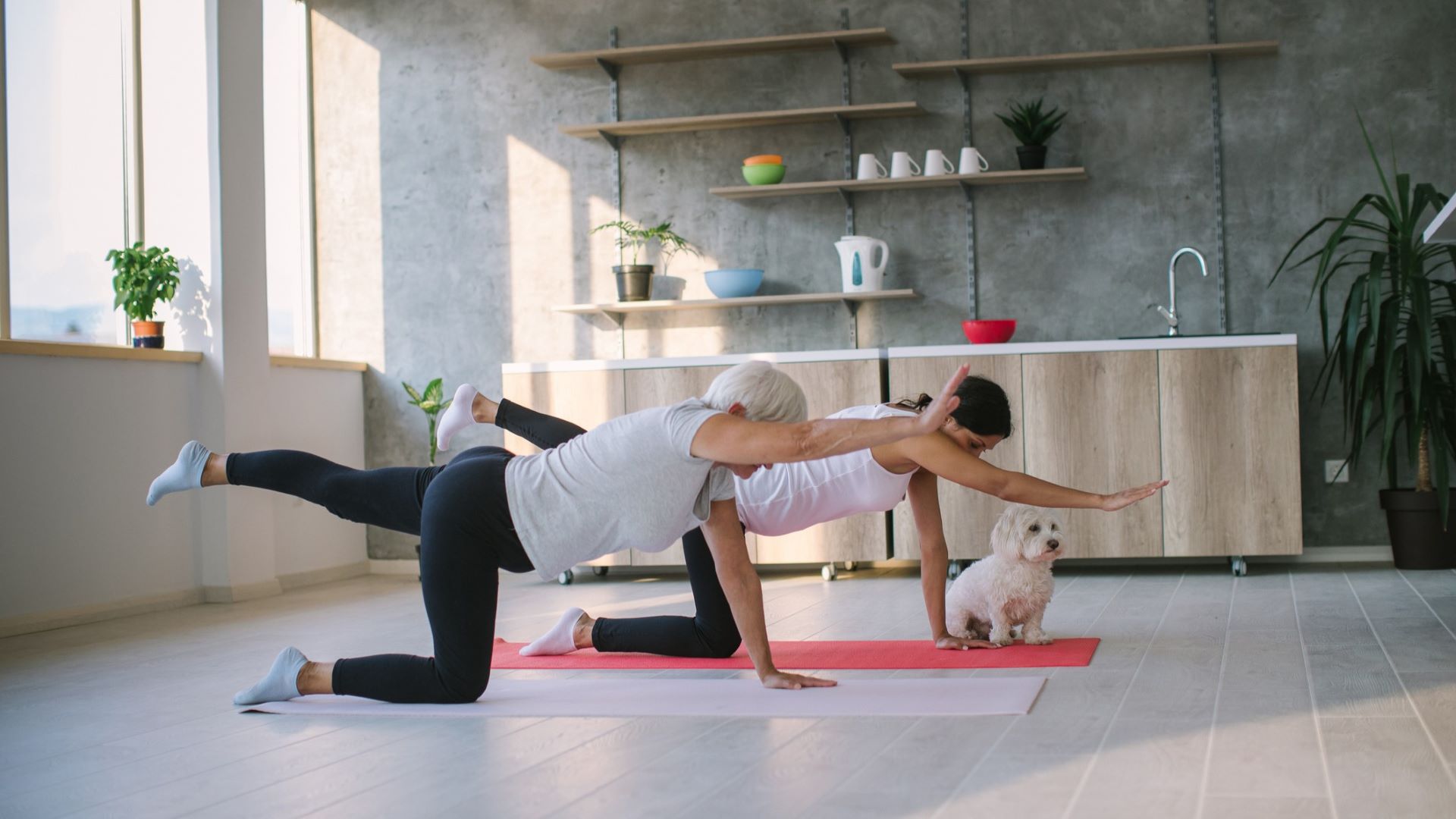
If you want your workouts to improve how you feel and move in everyday life, then you have to train your core. These mid-body muscles also play a role in many classic strength training moves like the deadlift, squat, and chest press. I certainly feel my core muscles after a weighted squat workout.
Some of your core muscles lie deep within your trunk and wrap around your torso. These are often referred to as your deep core muscles and they play a role in everything from your posture to your stability and your breath.
While the deep core might sound like a mythical musical group, you’ve probably already heard of some members. The pelvic floor, for instance, might not be the first thing you think of when someone says "core muscles," but it is a vital part of the band.
Despite their importance, it can be difficult to target them. I spoke to NASM-certified personal trainer Colin Morrow, who is based at The Edge Fitness Clubs, and asked him to provide a routine that hones in on these muscles.
The workout
- Diaphragmatic breathing: 8-10 breaths
- Dead bug: 10 repetitions each side
- Kneeling side plank: 2-3 repetitions per side
- Bird dog: 10 repetitions each side
- Pelvic floor march: 10 repetitions each side
“Each exercise in this routine targets the deep core muscles through controlled breathing and precise movements,” says Morrow.
He advises performing this sequence three to five times every week. As you build strength, increase hold times or repetitions for each exercise. Pay attention to your breathing and form to ensure proper muscle activation.
1. Diaphragmatic breathing with pelvic floor engagement

Reps: 8-10 breaths
- Lie on your back with your knees bent and feet flat on the floor, hip-width apart. Rest your hands on your lower ribs.
- Inhale deeply through your nose, allowing your ribs to expand outward and downward.
- As you exhale through your mouth, draw your belly button toward your spine and gently engage your pelvic floor (as if stopping the flow of urine).
2. Dead bug with core activation
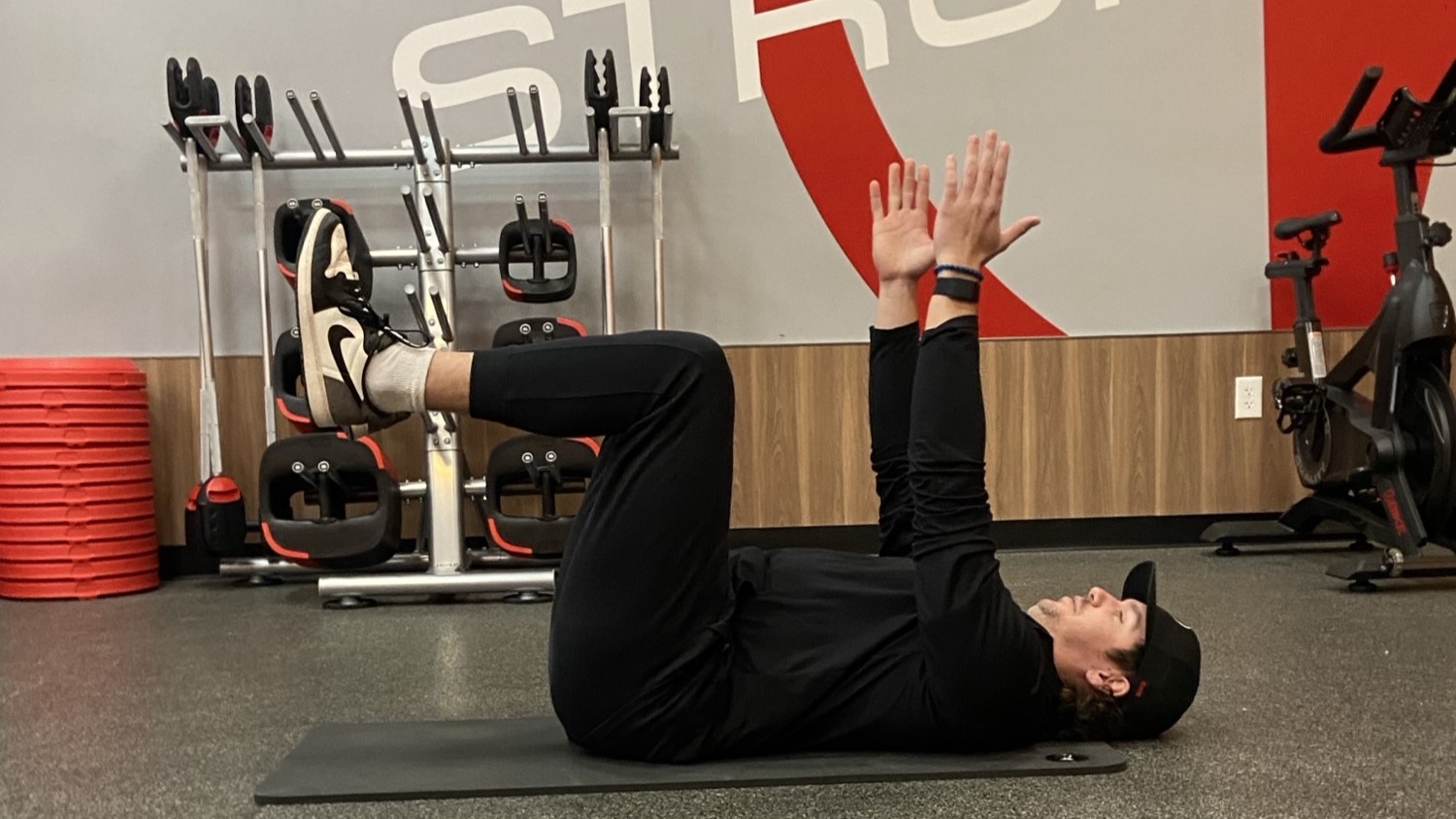
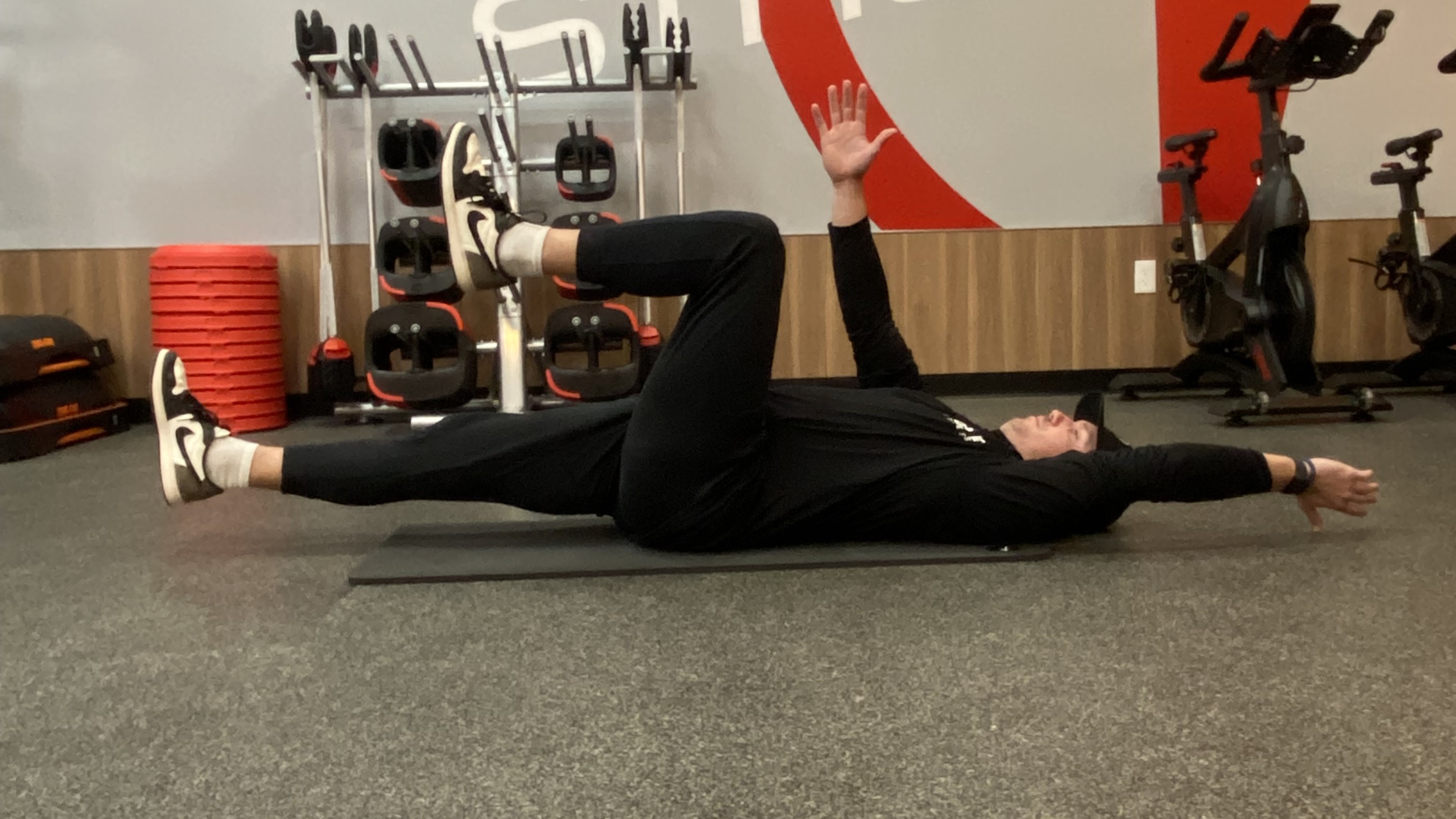
Reps: 10 each side
- Lie on your back with your arms extended toward the ceiling and your knees bent at 90°. Keep your lower back on the floor.
- Extend your right arm and left leg toward the floor, keeping your core engaged to prevent your lower back from arching.
- Return to the starting position and alternate sides.
3. Side plank
Reps: 2-3 each side
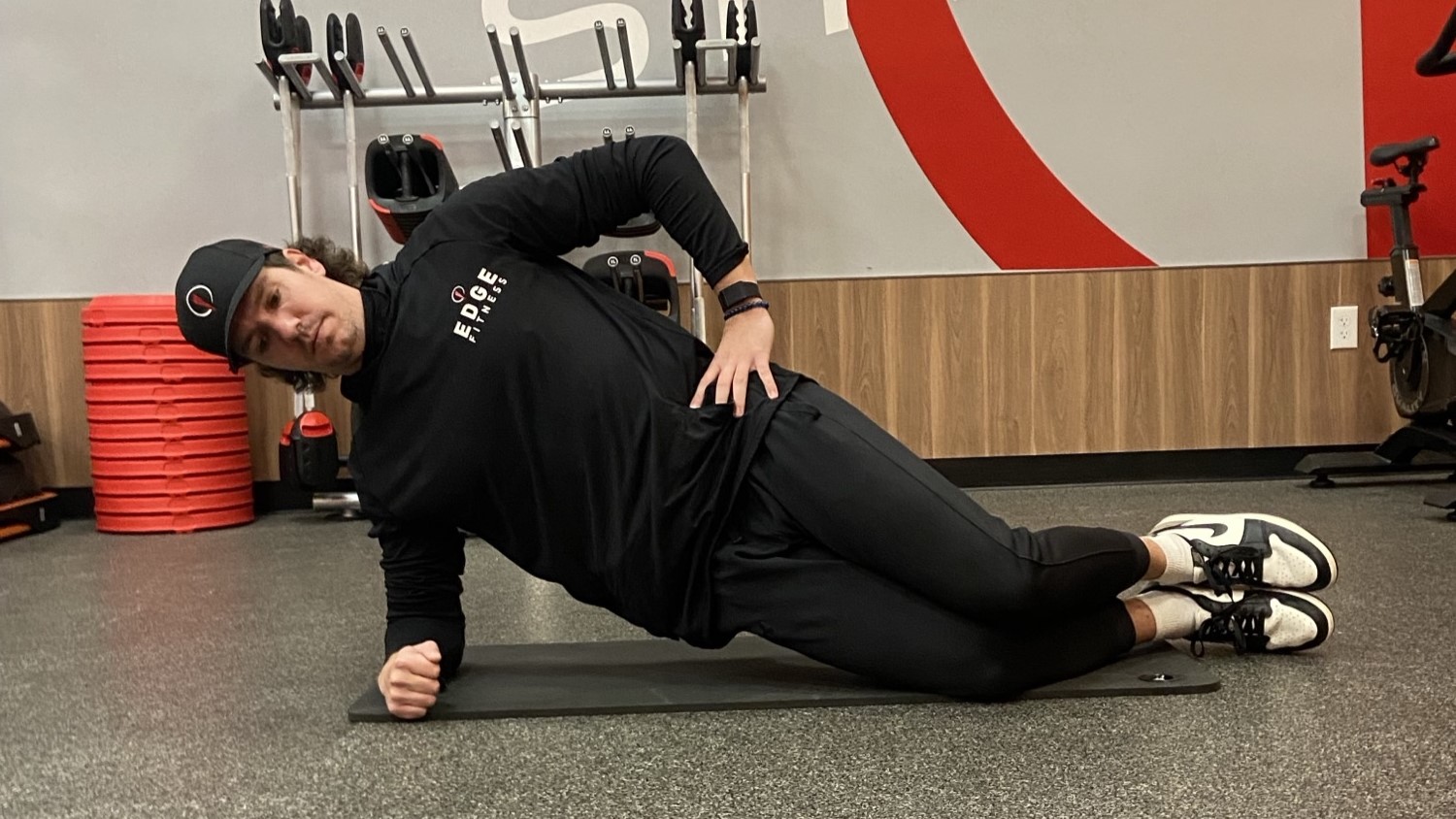
- Lie on your side with your knees bent and stacked, and your elbow and forearm resting on the floor, elevating your torso off the ground.
- Engage your core and lift your hips off the floor to form a straight line from your shoulders to your knees. Focus on engaging the internal oblique (the muscle on the side of your torso) on the side facing the floor.
- Hold for 15-20 seconds lower and switch sides.
4. Bird dog
Reps: 10 each side
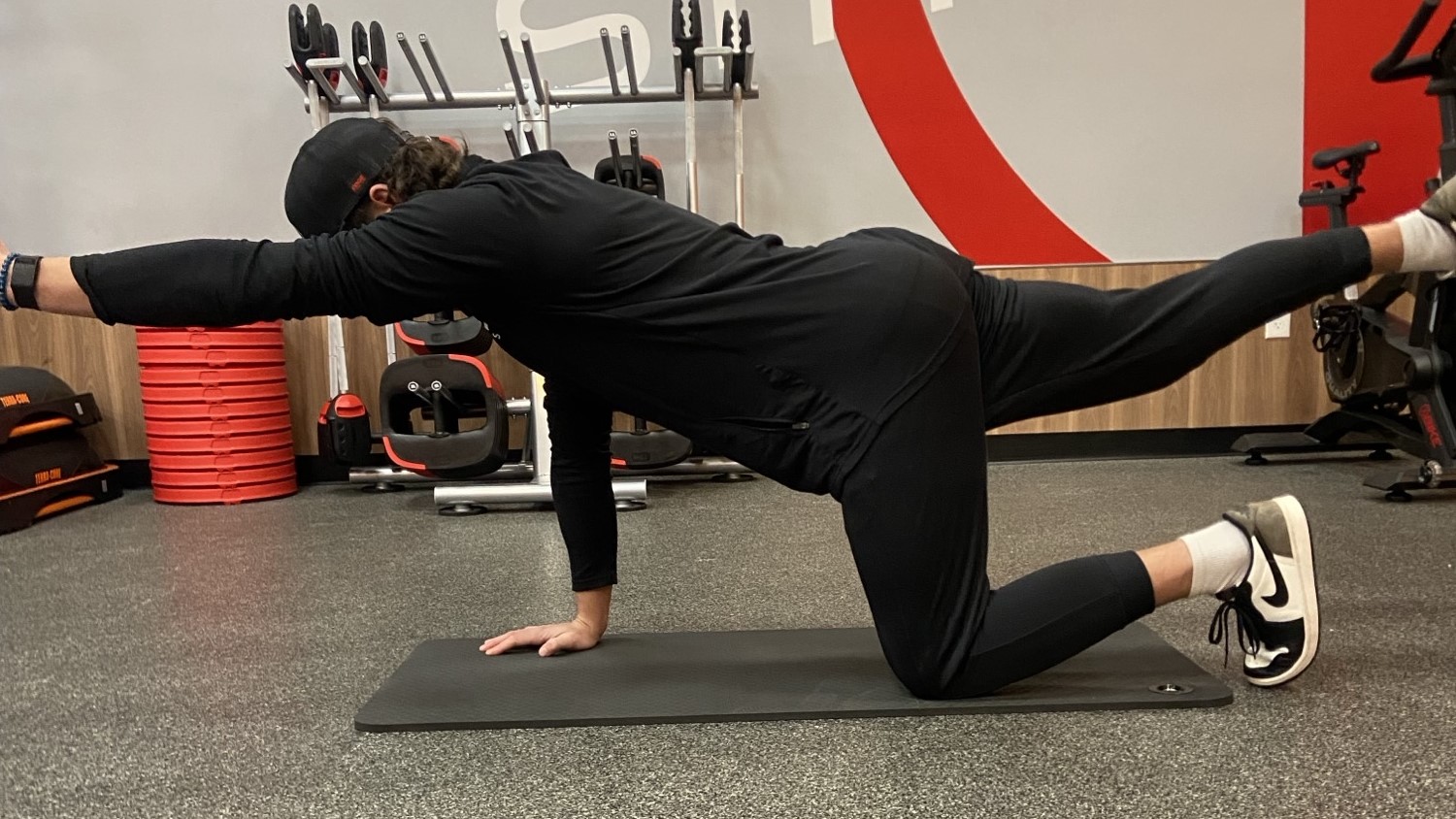
- Begin in a tabletop position with your hands under your shoulders and knees under your hips.
- Engage your core and extend your right arm and left leg simultaneously, keeping your spine neutral.
- Pause for two or three seconds then return to the starting position and repeat on the other side.
5. Pelvic floor march
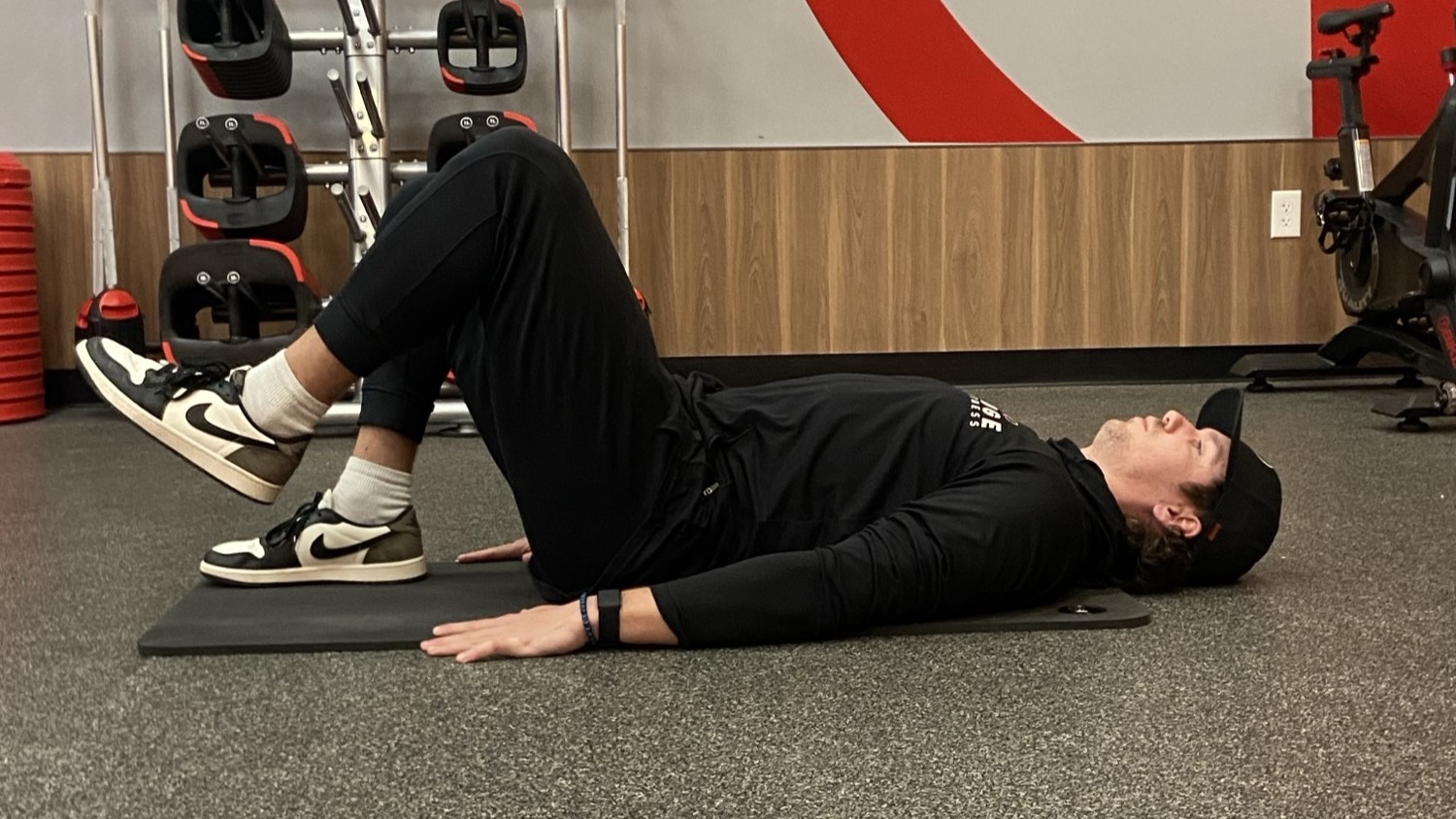
Reps: 10 each side
- Lie on your back with your knees bent and feet flat on the floor, arms resting by your sides.
- Inhale deeply and engage your pelvic floor and core muscles as you lift one foot a few inches off the floor.
- Exhale as you lower your foot back down, keeping your pelvis stable.
What are the deep core muscles and why are they important?
Several key muscles work together to make up your deep core. “These include the transverse abdominis, often referred to as the corset muscle for its role in stabilizing the trunk; the multifidus, small muscles along the spine that enhance stability and posture; the pelvic floor muscles, which support pelvic organs and contribute to core strength; the diaphragm, the primary breathing muscle that also aids core stability during movement; and the internal obliques, which assist with rotation and stabilization,” says Morrow.
Together, these muscles provide stability and support for your spine and pelvis.
“Core strength is crucial because it improves overall stability, providing a strong foundation for movement and reducing the risk of injury,” says Morrow.
A strong core also supports proper posture, potentially alleviating back and neck pain, and improves balance and coordination, reducing the likelihood of falls. Additionally, it is a vital element of the functional strength you need to perform everyday tasks, like bending, twisting, or reaching.







